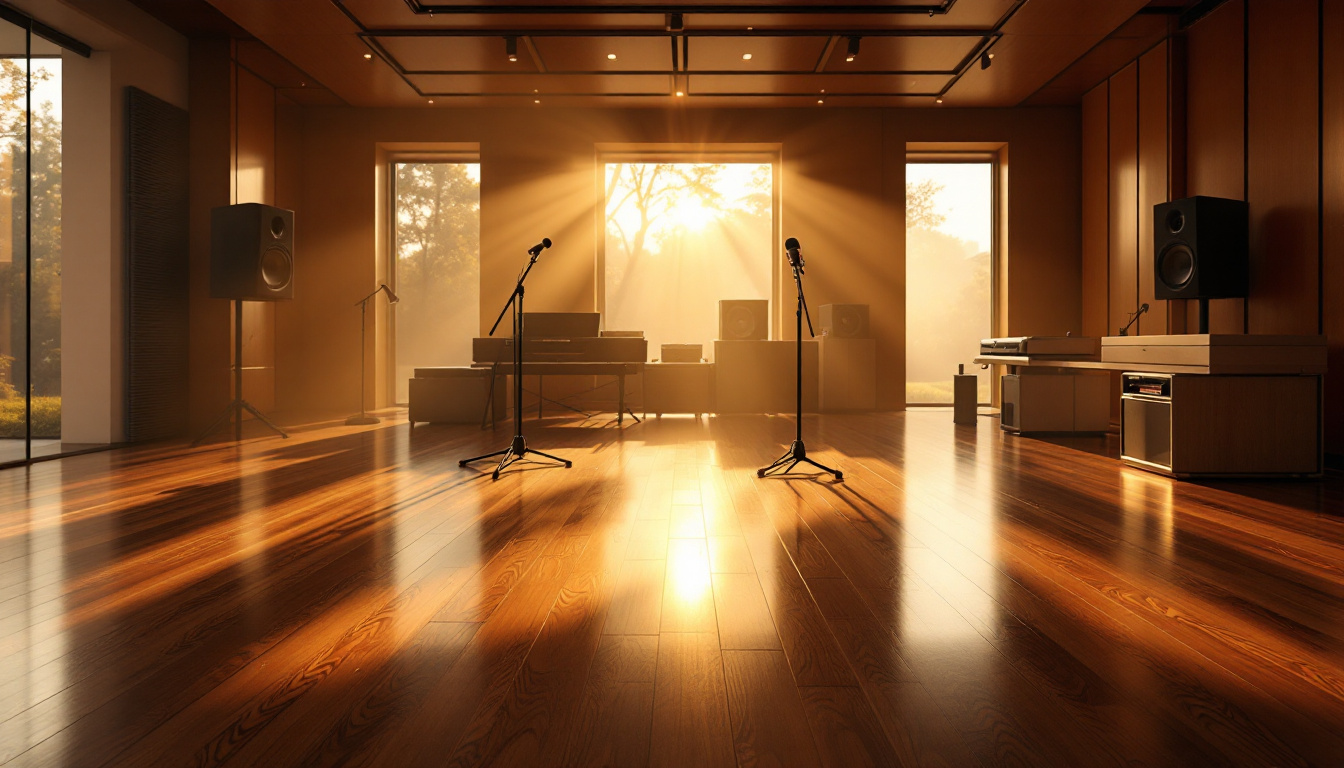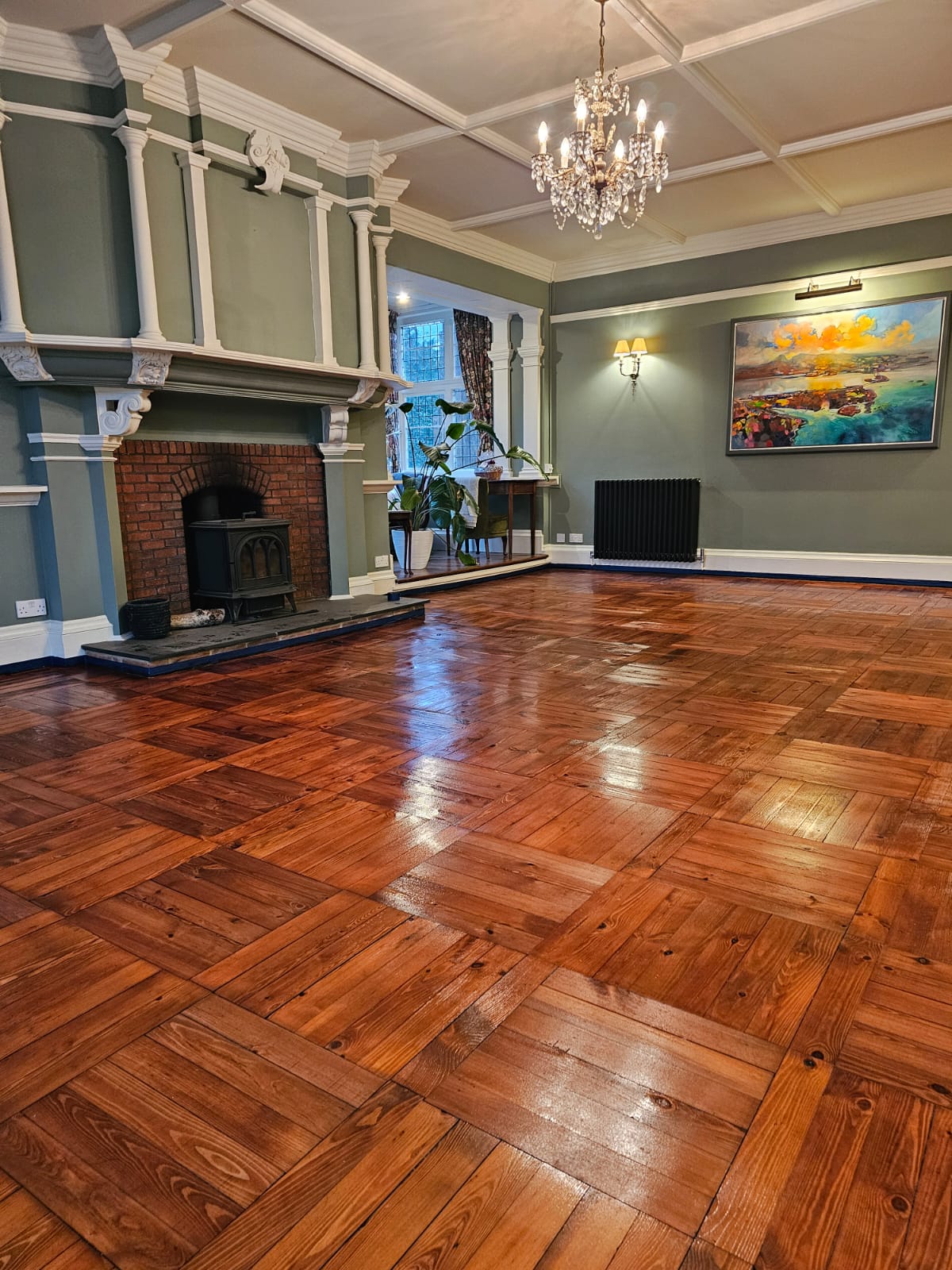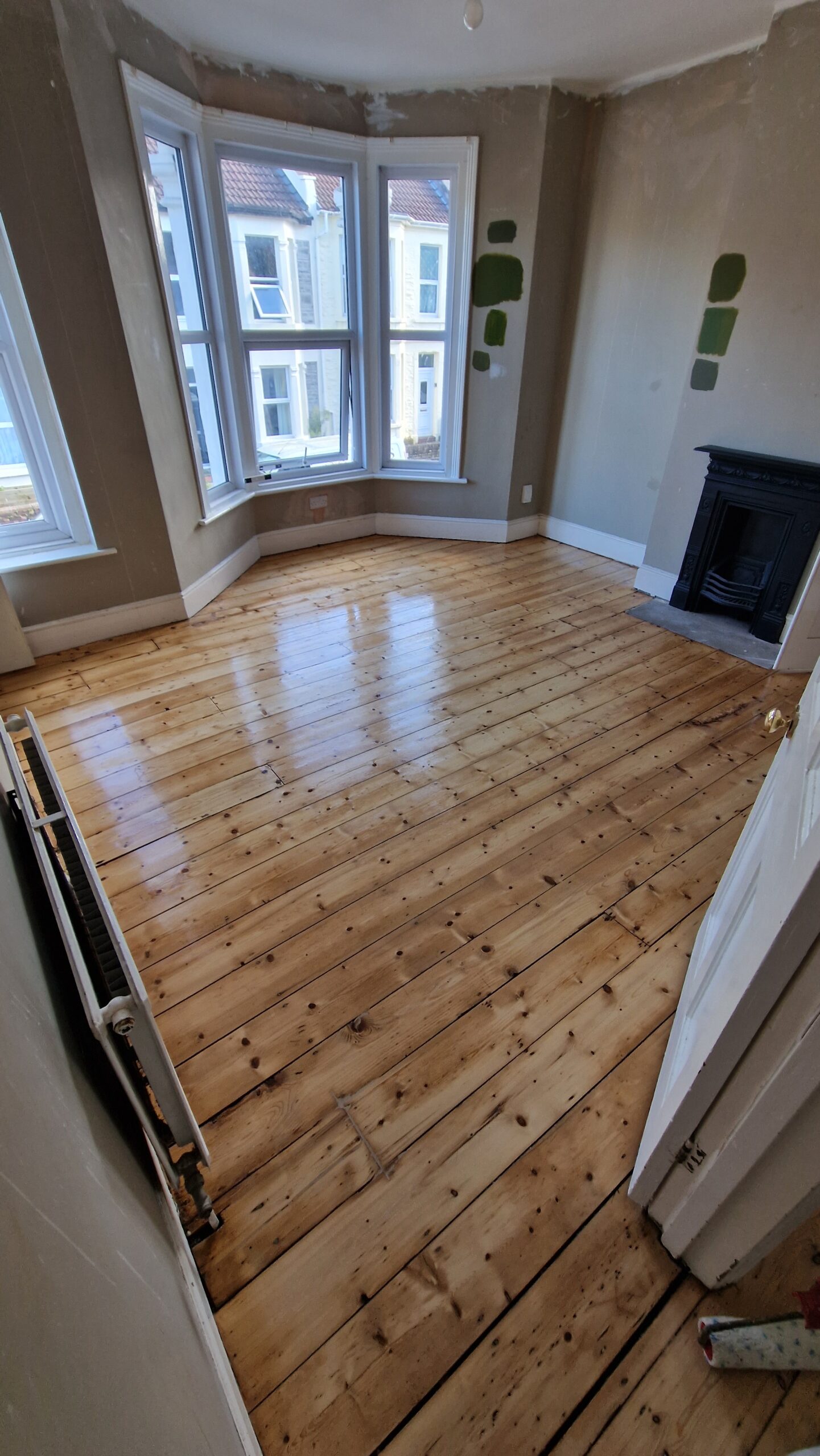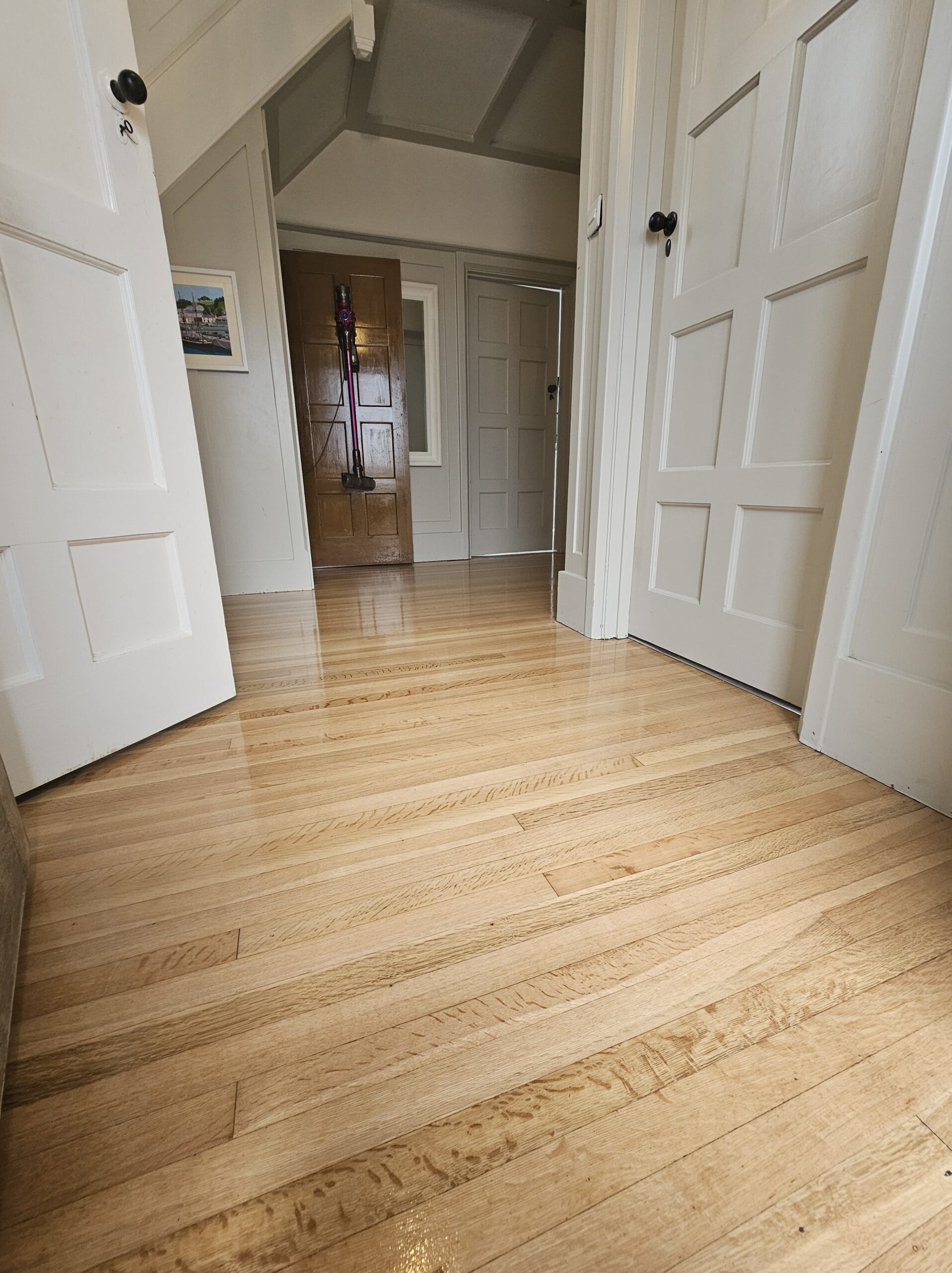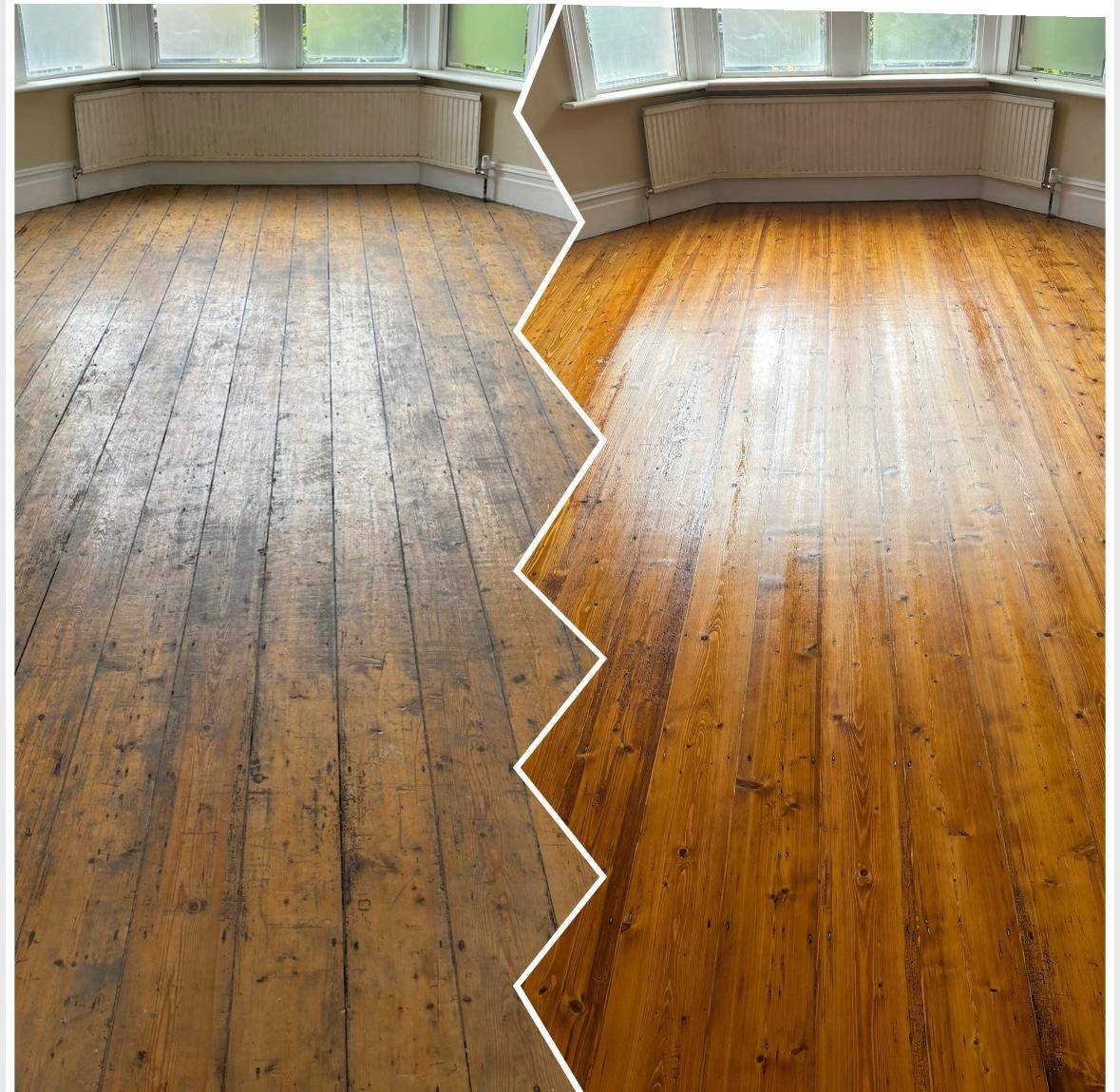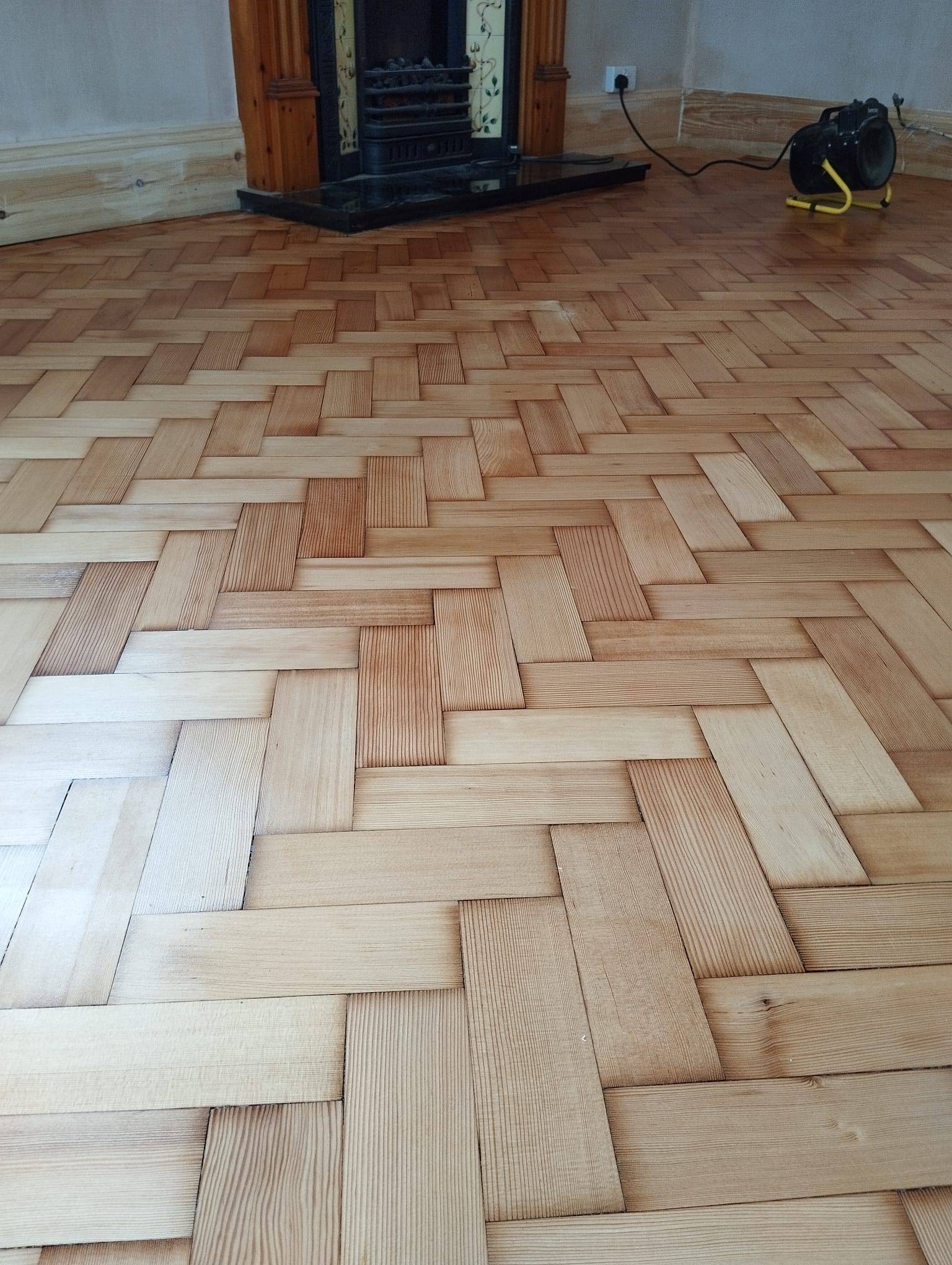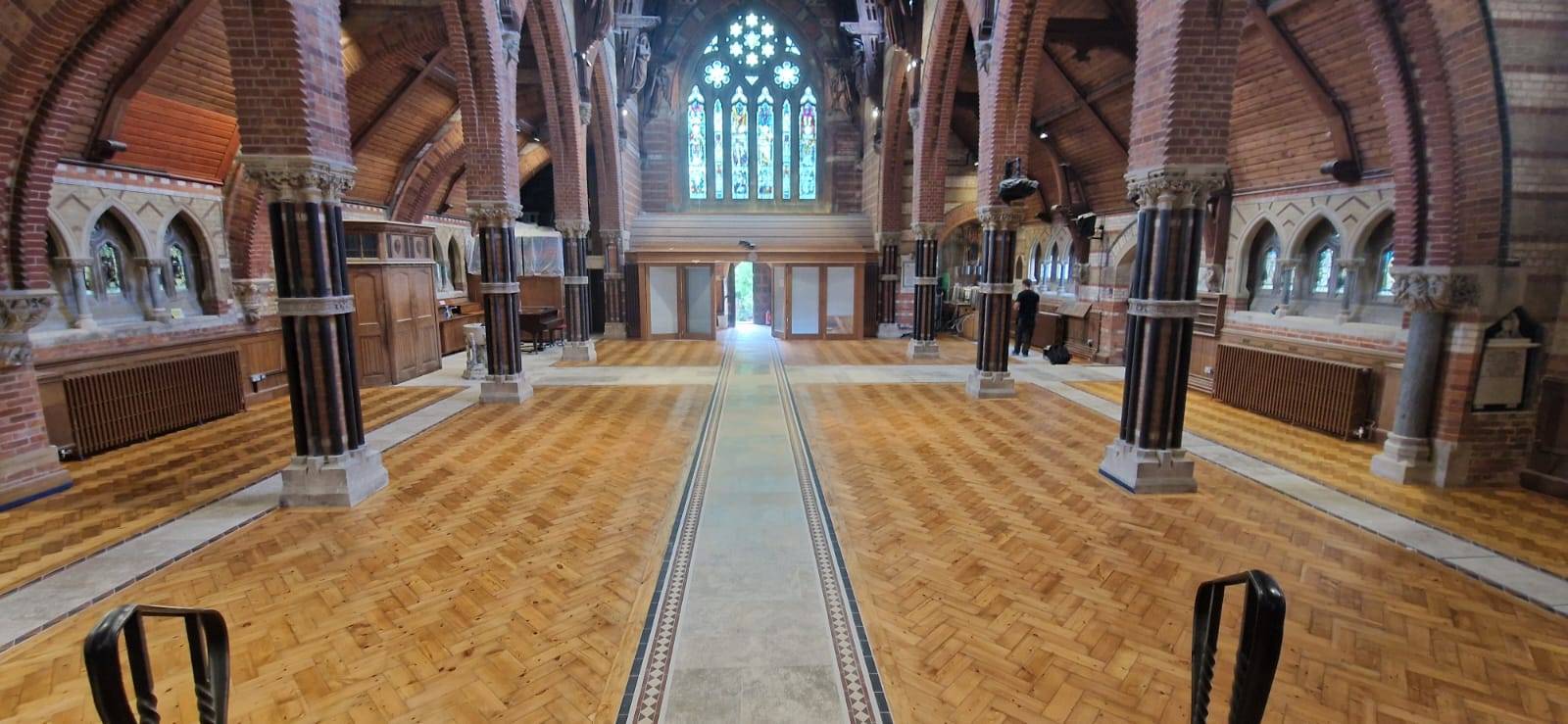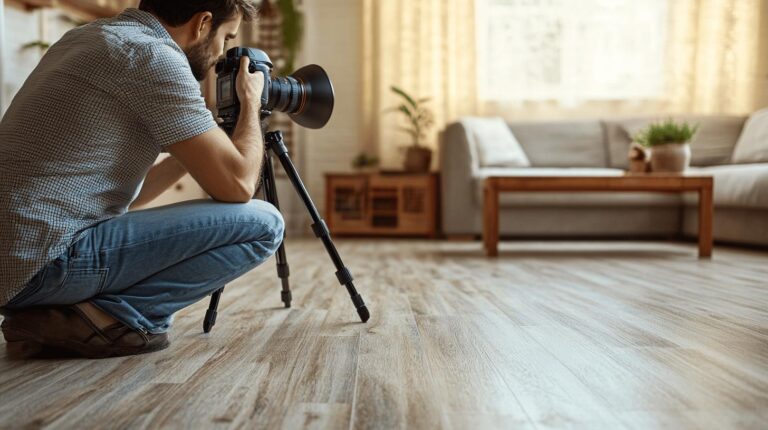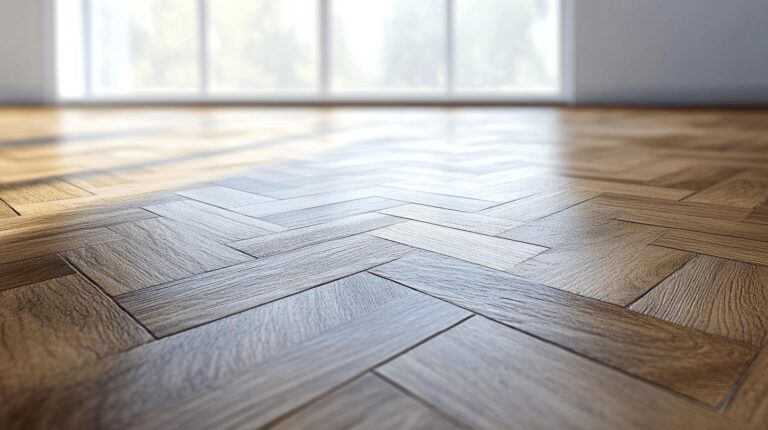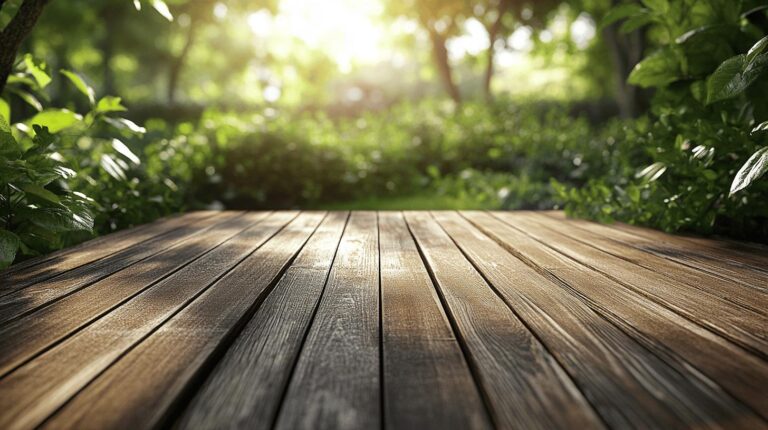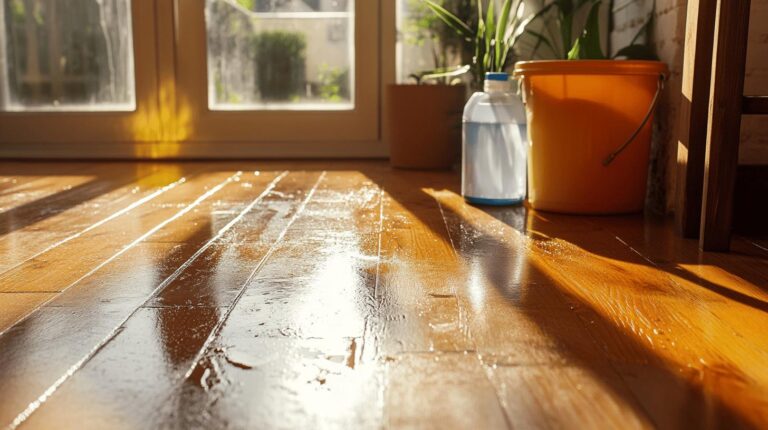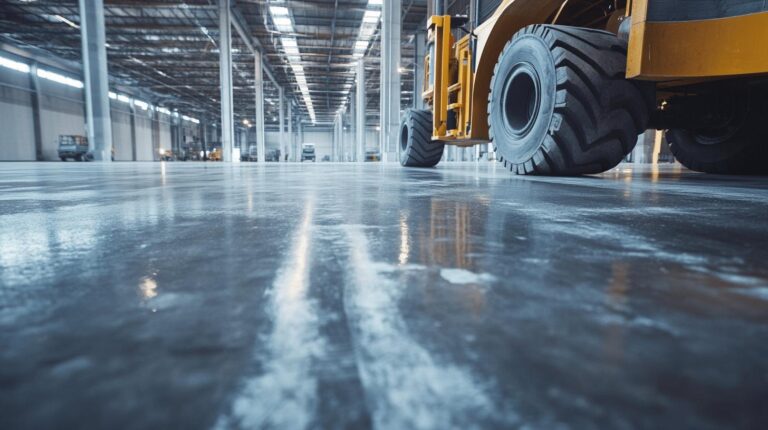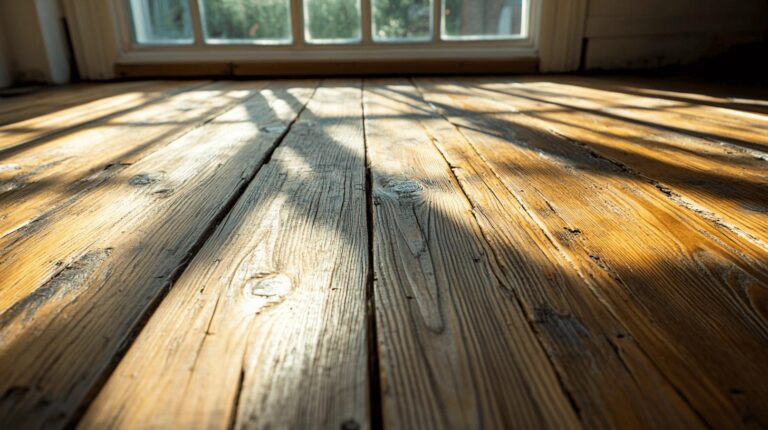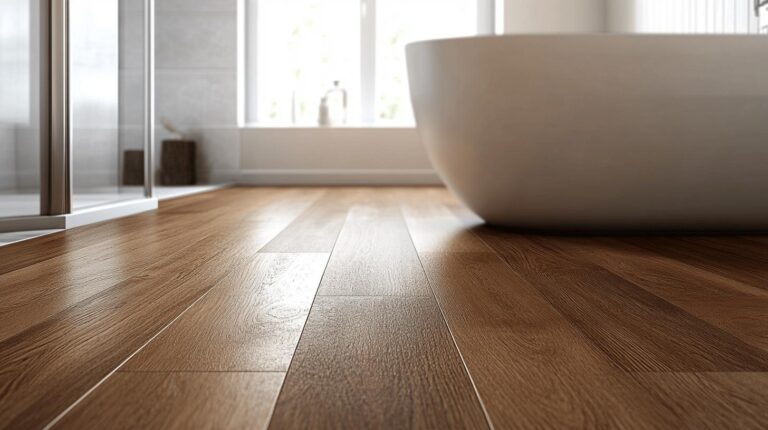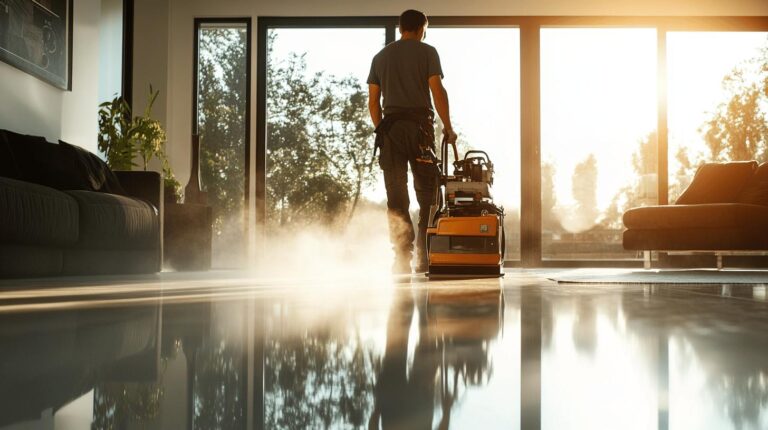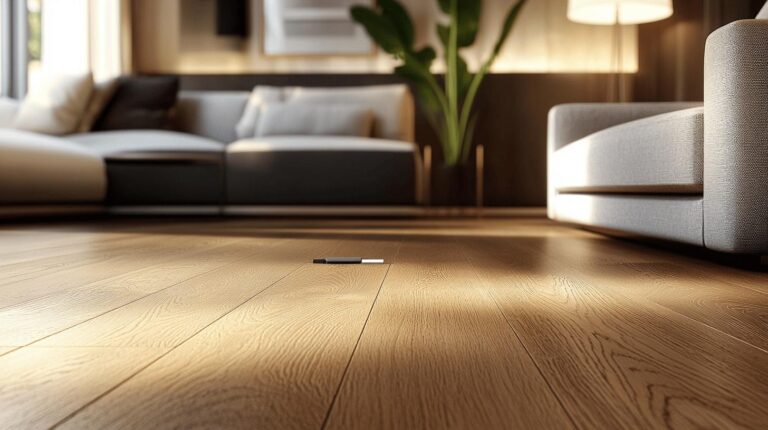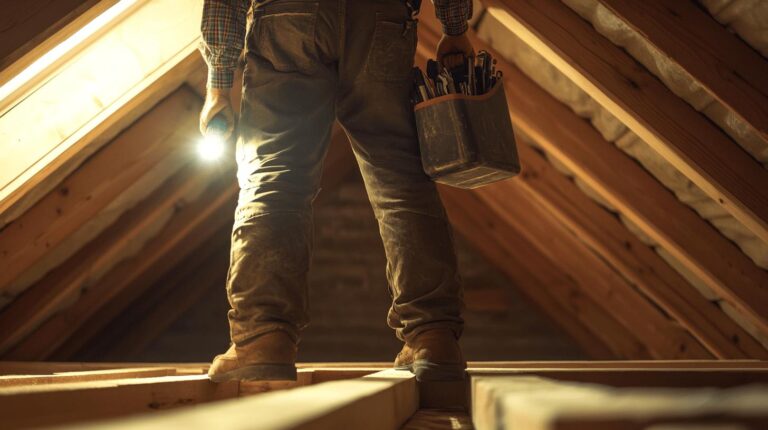Imagine walking into a recording studio or performance space where sound envelops you with the natural warmth and balanced reverberation only wood floors can provide. It’s not just about aesthetics; it’s about transforming acoustic quality. But how exactly do these wooden surfaces impact studio and venue sound? By exploring how wood floors manage sound absorption and reflection, you uncover their vital role in enhancing acoustic environments. From preferred wood types offering superior sound properties to practical tips on integration, delve into the intricacies of wood floor acoustics that promise to elevate your auditory experience.
Understanding Wood Floor Acoustics in Recording Studios
Wood floors play a significant role in enhancing the acoustics of recording studios by contributing to a warm and balanced sound environment. The natural properties of wood allow it to interact with sound in a way that both absorbs and reflects audio waves. This dual functionality helps manage sound reverberation within the studio, ensuring that recordings capture a rich and natural tone. The presence of wood flooring can reduce excessive echoes and create an acoustically neutral space, which is essential for achieving high-quality studio sound.
- Natural Warmth: Wood floors add a pleasant warmth to the sound, which is beneficial for acoustic recordings.
- Sound Absorption: They effectively absorb unwanted noise, reducing echoes and reverberation.
- Sound Reflection: Wood surfaces reflect sound waves, providing clarity and brightness to recordings.
- Aesthetic Appeal: Beyond acoustics, wood floors enhance the visual appeal, creating an inspiring environment.
- Durability: They offer longevity and withstand heavy studio traffic, making them a practical choice.
Certain types of wood are particularly favoured in recording studio design due to their superior acoustic qualities. Oak and maple, for instance, are known for their durability and their ability to provide a good balance between sound absorption and reflection. These woods not only contribute to the technical acoustics of the space but also add a layer of aesthetic warmth that can influence the creative atmosphere. Selecting the right type of wood is vital, as each variety offers different acoustic properties that can be leveraged to optimize studio sound quality.
Acoustic Benefits of Wood Floors in Performance Spaces
Wood floors in performance spaces are instrumental in managing both sound reflection and absorption, which are key components of effective acoustic treatment. The natural properties of wood allow for a balanced acoustic environment by absorbing excessive noise and reflecting sound waves in a controlled manner. This dual capability ensures that sound quality is enhanced, creating a warm and inviting atmosphere that benefits both performers and audiences. Particularly for acoustic instruments, wood flooring amplifies natural tones, adding depth and richness to the sound.
- Sound Quality Enhancement: Wood floors improve the overall sound quality by providing warmth and clarity.
- Acoustic Instrument Amplification: The natural characteristics of wood enhance the sound of acoustic instruments.
- Reduced Reverberation: By controlling sound reflection, wood floors help manage reverberation effectively.
- Performance Safety: Wood flooring can reduce the risk of injury by absorbing impact noise from physical activities.
Moreover, wood floors excel in absorbing impact noise, which is crucial for reducing the risk of injuries during performances, especially in dynamic activities like dance. The absorption properties help cushion impacts, offering a safer environment for performers by minimising the strain on joints and muscles. This aspect not only contributes to the performers’ safety but also ensures that the acoustic integrity of the space is maintained by preventing excessive noise from impacting the sound quality.
Comparing Wood Floors with Other Flooring Materials
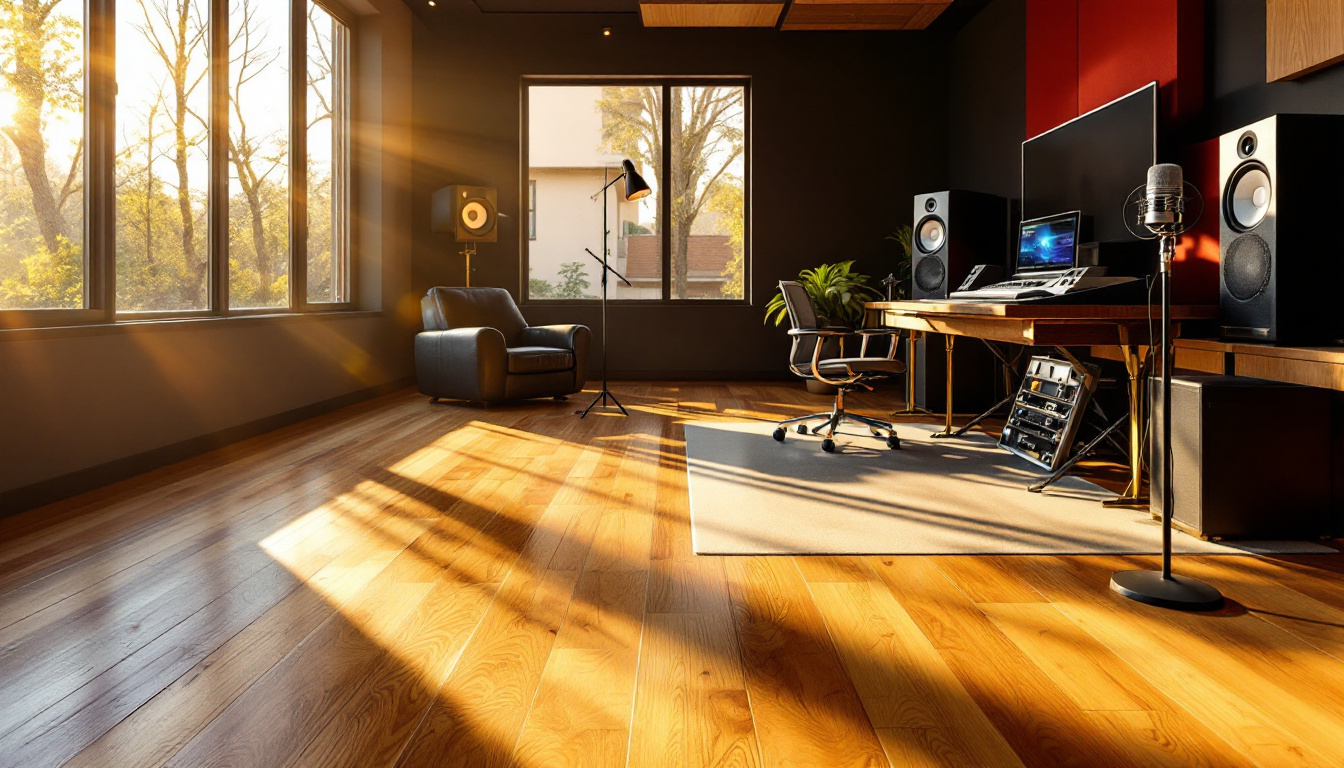
Wood floors are renowned for their unique aesthetic appeal and acoustic warmth, making them a popular choice for both recording studios and performance spaces. Their natural properties allow them to add a warm and inviting atmosphere to any environment, which can significantly enhance the overall acoustic experience. Unlike other materials, wood flooring offers a pleasant resonance that can enrich the tonal quality of musical recordings and live performances. However, while wood floors excel in providing warmth and aesthetic charm, they may not offer the same level of soundproofing as some specialised acoustic flooring solutions.
| Flooring Material | Acoustic Warmth | Soundproofing | Durability |
|---|---|---|---|
| Wood | High | Moderate | High |
| Carpet | Low | High | Moderate |
| Vinyl | Moderate | Moderate | High |
In terms of maintenance and longevity, wood floors stand out for their durability and ability to withstand heavy foot traffic, which is often a requirement in busy recording studios or performance venues. With appropriate care, including regular sweeping and occasional refinishing, wood flooring can last for decades, making it a cost-effective option in the long run. While carpets may require frequent replacement due to wear and tear, and vinyl may need occasional repairs, wood floors maintain their appearance and functionality longer, provided they are properly maintained. This longevity, combined with their acoustic benefits, makes wood floors a preferred choice for many professionals in the music and performance industries.
Implementing Wood Floors for Optimal Acoustics
When selecting wood floors for studios and performance spaces, choosing the right type and finish is crucial. Woods like oak and maple are excellent choices due to their durability and favourable acoustic properties. Their dense grain structure allows them to efficiently balance sound absorption and reflection, enhancing the overall acoustic environment. Finishes also play a pivotal role in acoustics; a matte finish can slightly absorb more sound, while a glossy finish may reflect more. Therefore, understanding the desired acoustic outcome is essential in selecting the appropriate wood and finish to tailor the space’s sound dynamics effectively.
Integration with Acoustic Elements
To achieve optimal acoustics, wood floors should be integrated with other acoustic treatments. Combining wood floors with wall panels, ceiling tiles, and bass traps can create a cohesive acoustic environment. For instance, using acoustic panels on the walls can further control sound reflections, reducing echo and reverberation. Ceiling tiles can help manage overhead sound dispersion, while bass traps are effective in absorbing low-frequency sounds. This comprehensive approach ensures that the wood flooring’s natural warmth and resonance are complemented and enhanced by these additional elements, leading to a well-balanced and harmonious sound profile within the space.
Maintenance Practices
Regular maintenance is vital to preserve the acoustic quality and longevity of wood floors. Sweeping the floors daily helps avoid the accumulation of dust and debris, which can scratch the wood surface. Occasional mopping with a damp cloth is recommended to remove any stubborn dirt, but care should be taken to ensure moisture does not seep into the wood, potentially causing damage. Additionally, periodic refinishing is advisable to maintain the floor’s aesthetic and acoustic properties. This process involves sanding down the surface and applying a new finish, which helps restore the wood’s original vibrancy and ensures it continues to perform acoustically over time.
Expert Insights and Case Studies on Wood Floor Acoustics
Experts in the field of acoustics highlight the critical role of wood flooring in optimizing sound quality within studios and performance venues. The natural properties of wood allow it to manage sound reflection and absorption effectively, which is vital for overcoming studio acoustic challenges and enhancing performance venue sound. Acoustically engineered floors, such as those made from oak and maple, are often recommended due to their balance of durability and sound management capabilities. According to industry professionals, selecting the appropriate wood type and finish can significantly influence the acoustic profile of a space, creating a harmonious environment conducive to both recording and live performances.
- Case Study 1: A renowned recording studio in London opted for oak flooring to enhance its acoustic warmth. The result was a noticeable improvement in sound clarity, particularly for vocal and acoustic instrument recordings.
- Case Study 2: A performance venue in Manchester integrated maple wood floors, which contributed to reducing unwanted echoes and improving audience experience. The venue reported a richer sound quality during live music events.
- Case Study 3: A dance studio in Birmingham chose engineered wood flooring to address impact noise. This decision enhanced the safety and acoustics of the space, as the flooring absorbed footfall noise efficiently.
These case studies demonstrate the importance of understanding the acoustic properties of wood floors when designing or renovating studios and performance spaces. Key lessons include the need to tailor flooring choices to specific acoustic needs, ensuring that the natural characteristics of wood are leveraged to enhance sound quality. By carefully selecting flooring materials, venues can achieve a well-balanced sound environment that not only supports artistic performance but also elevates the overall auditory experience for audiences.
Final Words
Exploring wood floor acoustics in recording studios and performance spaces highlights their role in enhancing sound quality. By providing natural warmth, sound absorption, and optimal resonance management, wood floors create a balanced acoustic environment. In comparison to other flooring materials, wood offers unique benefits, particularly when properly integrated and maintained.
For those planning studio or performance space design, wood floors present an invaluable acoustic solution. Expert insights and real-world case studies further support their effectiveness. Embracing wood floor acoustics not only enriches sound but also elevates aesthetic appeal, making them a preferred choice in acoustically demanding environments.
Perfect your space’s sound – Contact Ryan’s Restoration for acoustic flooring expertise today!
FAQ
Why do recording studios have hardwood floors?
Wood floors in recording studios enhance acoustics by providing natural warmth and managing sound reverberation, offering sound absorption and reflection for a balanced acoustic environment.
Is wood good for a recording studio?
Yes, wood is ideal for recording studios due to its ability to enhance acoustics, offering sound absorption and reflection, which contribute to optimal sound quality.
What is the best flooring for a music recording studio?
Hardwood floors, particularly oak and maple, are preferred in music recording studios due to their excellent acoustic properties and ability to create balanced sound environments.
What flooring is best for acoustics?
Wood flooring is often best for acoustics as it provides controlled sound reflection and absorption, enhancing sound quality and adding warmth to the environment.
Is carpet good for a recording studio?
Carpet may not be ideal for recording studios as it mainly absorbs sound, which can excessively dampen acoustics compared to the balanced properties of wood flooring.
What are the best wood floor acoustics for recording studios and performance spaces?
For recording studios and performance spaces, wood floors with optimal acoustics include heavy woods like oak and maple, which provide superior sound absorption and reflection.
Can rubber flooring be used in recording studios?
Rubber flooring can be used in recording studios for its soundproofing properties, though it may lack the acoustic warmth and sound balance offered by wood floors.
Is a concrete floor suitable for a recording studio?
Concrete floors are not typically preferred due to their reflective nature, which can lead to unwanted echo and may require extensive treatment for acoustic optimisation.
